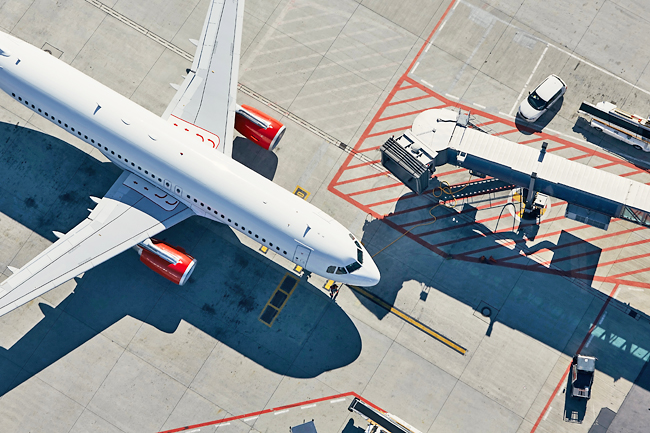ANN/THE STAR – Everyone wants one. Now even tiny Siem Reap – home to Angkor’s majestic jungle-shrouded temples – has a big one.
The Siem Reap-Angkor International Airport started operation on October 16, in one fell swoop catapulting the operation into the largest of its kind in Cambodia.
Costing USD1.1 billion and financed by a Chinese state-owned company on a 55-year build-operate-transfer (BOT) lease, the new airport is 40 kilometres from the historic ruins. The old airport has been closed.
The first phase of the opening allows for narrow-body flights and around seven million passengers annually while the second phase by 2030 will see the introduction of wide-body aircraft like A350s and B777s with a capacity for 12 million visitors.
The argument that moving away from the old airport (far too close to the monuments) is ecologically sound has been overshadowed by the massive capacity increases.
There are two obvious problems in this scenario. First, any savings on aviation pollution will be a pittance compared with the carnage wrought by an envisaged 50 million tourists with more and bigger planes by phase three (2050).



Secondly, a USD1.1-billion price tag is a millstone around the neck of any country, especially one with a gross national product in 2022 of a little over USD28 billion.
Admittedly the operator shoulders much of the burden. But, depending on the terms of the BOT, the government could lose out on tourism-generated airport revenues for an extended period of time. BOT arrangements are usually average around 25 years.
Nepal, too, celebrated January 1, 2023 with the opening of the China-built Pokhara International Airport. There were no celebrations thereafter for six months until the first international flight arrived from Sichuan, China (carrying athletes, not tourists). Despite bullish forecasts of 280,000 passengers by 2025, as of writing (November 2023) there were no scheduled international flights from anywhere to this facility.
Yet, this airport is built to handle an estimated one million visitors annually. What is going to finance this beast? Meanwhile, the old airport continues to serve small aircraft flying to adventure destinations like Jomsom.
Potential white elephants like this – including Indonesia’s USD7.3 billion ‘Whoosh’ high speed rail (launched on October 2) – are proliferating in Asia. These are often projects predicated on inflated passenger forecasts. Some operations may well find their passengers in time and sort out profit and loss but many places are feeling the pinch of overreaching ambition.
In countries where tourism dollars are readily available to fund mega projects, there is a cost to the land and fragile ecosystems. In Angkor, over pumping of water has resulted in a dangerous lowering of the water table to a point where the ground is subsiding – under United Nations Educational, Scientific and Cultural Organization (UNESCO) heritage sites.
This raises the frightening spectre of irreversible damage to a unique centuries-old cultural accretion.
The question governments should be asking themselves is whether smaller destinations need the sort of massive tourism influx these projects require to be viable? Small is beautiful but not when overrun by hordes.
Destinations threatened by unchecked tourism include some glamorous names like Italy’s Venice (now charging for entrance to the city and with cruise ships banned), Santorini in Greece, Krabi’s fabled Maya Beach in Thailand (from Leonardo DiCaprio’s The Beach that was closed for four years), Bruges (Belgium), Amsterdam (Netherlands), and even Mount Everest, now a serious killer trap for inexperienced hordes clambering up its flanks.
Bhutan sensibly opted for caution and has staggered visitor intake through a combination of seat capacity and pricing.






